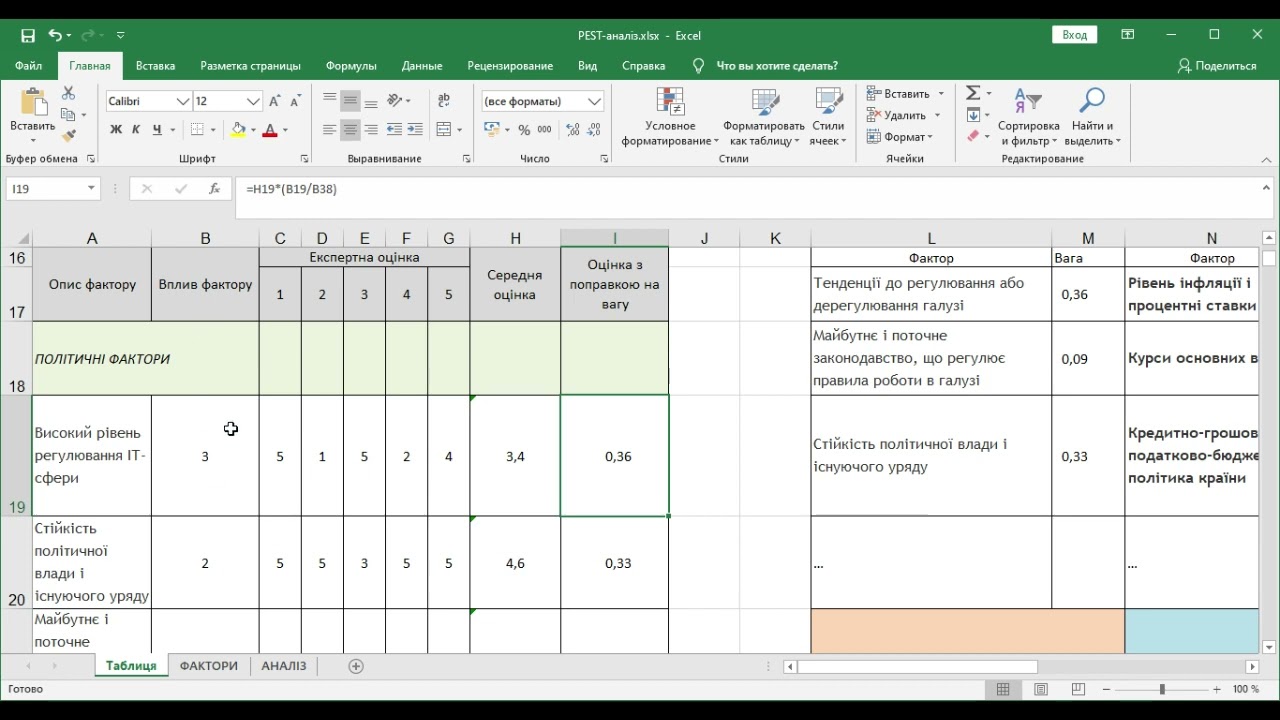Block Mirror: Practical Applications And Future Developments

Table of Contents
Understanding Block Mirror Technology
Block mirror technology is a sophisticated data replication method that provides near-instantaneous mirroring of data blocks from a primary storage location to a secondary location. Its core functionality revolves around ensuring high availability and robust disaster recovery capabilities. This is achieved through various techniques, most importantly block-level replication. This differs from file-level replication, which mirrors entire files, making it less efficient for large datasets and frequent changes.
Key terms to understand include:
- Block-level replication: Data is replicated at the block level, minimizing the amount of data transferred and improving efficiency.
- Synchronous replication: Data is written to both the primary and secondary locations simultaneously, ensuring data consistency but potentially impacting write performance.
- Asynchronous replication: Data is written to the primary location first and then replicated to the secondary location asynchronously, offering better write performance but with a potential for slight data inconsistency.
- Data consistency: Refers to the agreement of data across multiple copies. Synchronous replication offers stronger data consistency than asynchronous replication.
Block mirror technology offers several key advantages:
- Provides high availability and redundancy.
- Minimizes data loss in case of failures (hardware failure, natural disasters, cyberattacks).
- Enables quick recovery times, minimizing downtime.
- Supports various storage technologies, including SAN, NAS, and cloud storage.
Practical Applications of Block Mirror
Block mirror technology finds practical application across diverse sectors, significantly enhancing data management and protection.
Disaster Recovery and Business Continuity
Block mirror is a cornerstone of robust disaster recovery and business continuity (DR/BC) strategies. In disaster scenarios—whether natural disasters, cyberattacks, or hardware failures—block mirror safeguards against critical data loss. By creating an exact, up-to-the-minute copy of your data, block mirror allows for rapid recovery, minimizing downtime and financial losses. This dramatically improves Recovery Time Objectives (RTOs) and Recovery Point Objectives (RPOs).
- Near-zero downtime in case of primary site failure.
- Rapid recovery of critical applications and data – often within minutes.
- Reduced financial losses due to downtime.
- Enhanced compliance with regulatory requirements for data recovery.
Data Protection and Security
Beyond disaster recovery, block mirror significantly enhances data security. The redundancy inherent in data replication offers protection against data breaches, ransomware attacks, and accidental data deletion. The ability to replicate data to geographically disparate locations adds another layer of security, ensuring data immutability and resilience against localized threats.
- Enhanced protection against data breaches and ransomware attacks. Ransomware often encrypts data on the primary location, but a clean copy is preserved on the secondary location, enabling quick recovery.
- Data immutability through replication to geographically separate locations. This makes it harder for attackers to permanently delete or corrupt data.
- Increased compliance with data protection regulations (GDPR, HIPAA, etc.) by ensuring data availability and recoverability.
High-Performance Computing (HPC) and AI/ML
In High-Performance Computing (HPC) environments and Artificial Intelligence/Machine Learning (AI/ML) workloads, block mirror delivers considerable performance improvements. By providing near-instantaneous access to large datasets across multiple locations, it enables faster processing speeds and improved collaboration. Distributed computing becomes significantly more efficient with the readily available replicated data.
- Faster data access for improved processing speeds in HPC and AI/ML applications.
- Scalability for handling ever-increasing data volumes.
- Enhanced collaboration among researchers and data scientists through shared, readily available datasets.
Future Developments in Block Mirror Technology
The field of block mirror technology is constantly evolving, driven by advancements in hardware, software, and AI.
Integration with Cloud Platforms
Block mirror is increasingly integrating with major cloud platforms like AWS, Azure, and GCP. This allows for hybrid cloud solutions, combining the benefits of on-premises infrastructure with the scalability and flexibility of the cloud.
Advancements in Data Compression and Deduplication
Advancements in data compression and deduplication techniques will significantly reduce storage costs and improve efficiency. Expect to see more sophisticated algorithms that minimize storage space without impacting data integrity. Example: Reduced storage costs by 50% through advanced deduplication.
AI-driven Block Mirror Management
AI and machine learning are poised to revolutionize block mirror management. AI-powered systems can automate configuration, optimize performance, predict potential issues, and proactively address them before they impact data availability. Example: Automated failover within 5 minutes using AI-driven management.
Enhanced Security Measures
Future developments will focus on strengthening security measures, including improved encryption methods, advanced threat detection capabilities, and enhanced authentication protocols.
Conclusion
Block mirror technology offers a powerful solution for data replication and protection, enabling high availability, robust disaster recovery, and enhanced security across diverse applications. As technology continues to evolve, the applications and benefits of block mirroring will only expand, significantly impacting various industries. To stay ahead in today’s data-driven world, understanding and implementing effective block mirror strategies is crucial. Explore the potential of block mirror for your organization and unlock the power of robust data replication today.

Featured Posts
-
 Kid Cudi Memorabilia Sells For Staggering Sums At Auction
May 16, 2025
Kid Cudi Memorabilia Sells For Staggering Sums At Auction
May 16, 2025 -
 Bringing Back The Gloves Heavyweight Champs Reno Boxing Strategy
May 16, 2025
Bringing Back The Gloves Heavyweight Champs Reno Boxing Strategy
May 16, 2025 -
 Assessing The Accuracy Of Joe Bidens Denials
May 16, 2025
Assessing The Accuracy Of Joe Bidens Denials
May 16, 2025 -
 Bayden Na Inavguratsiyi Trampa Ta Na Vistavi Otello Analiz Zovnishnogo Viglyadu
May 16, 2025
Bayden Na Inavguratsiyi Trampa Ta Na Vistavi Otello Analiz Zovnishnogo Viglyadu
May 16, 2025 -
 Tram Unfall In Berlin Und Brandenburg Umfangreiche Verkehrsbehinderungen Erwartet
May 16, 2025
Tram Unfall In Berlin Und Brandenburg Umfangreiche Verkehrsbehinderungen Erwartet
May 16, 2025
